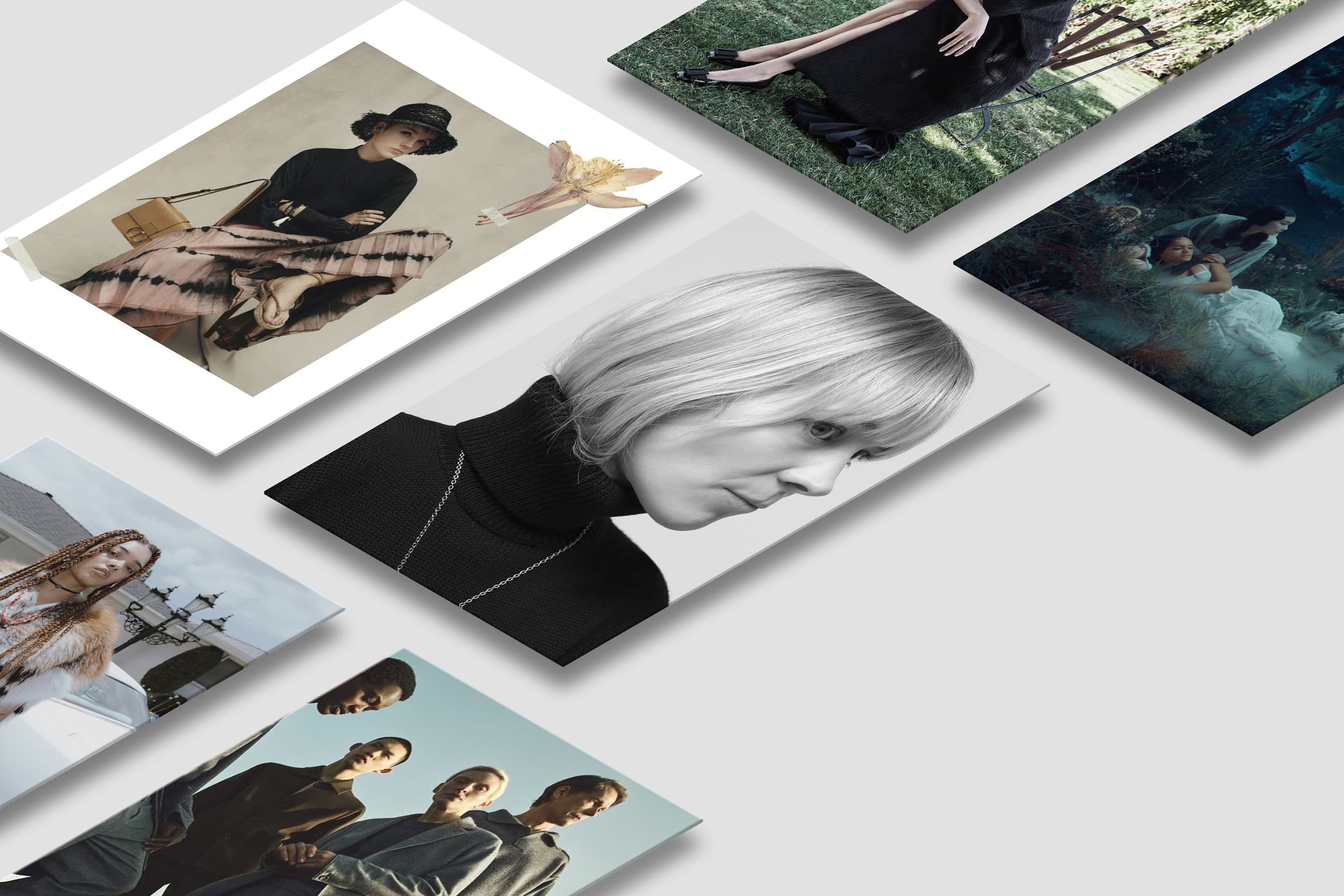Margot Populaire Has A Simple, Inclusive, Authentic Vision For The Future Of Luxury
By Mark Hooper
After nine years at Baron & Baron, the Belgian-born Creative Director and consultant has launched her own studio, Atelier Populaire. (The name comes from the impromptu student design team from L’ecole des Beaux-Arts who produced the much-imitated posters for the May 1968 Paris riots.) Having worked for clients including Dior, Zegna, Coach, Ian Schrager Hotels, Balenciaga, Bottega Veneta and Ralph Lauren, her pedigree is second to none. We caught up to talk about the pressures and freedom of going out on her own and why the time feels right to deliver her own vision and ethos.
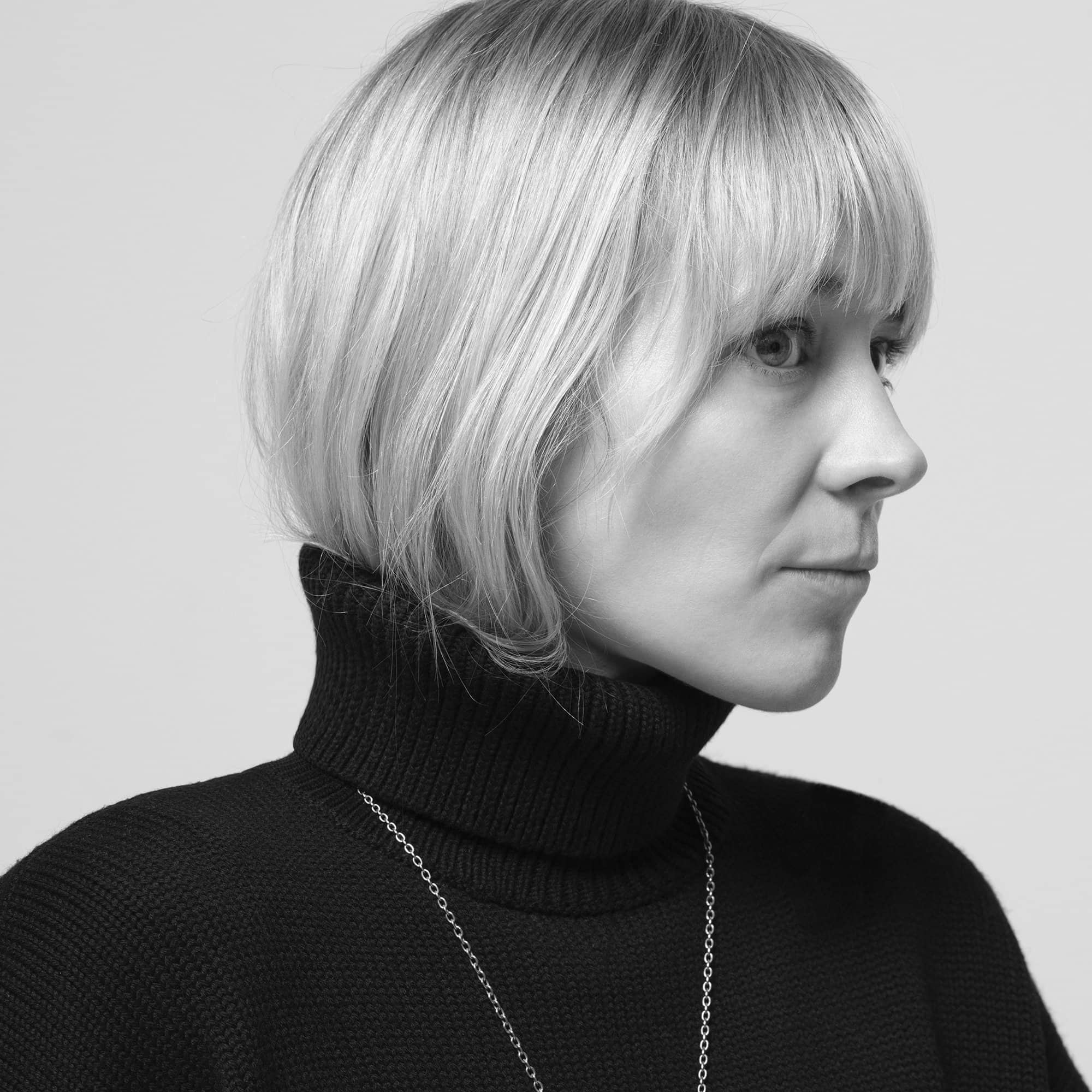
Mark Hooper: How does it feel to finally be out there, officially under your own name?
Margot Populaire: It’s weird! I’ve been in the world of Baron & Baron and the aura that comes with it for so long. A lot of the people there feel like family, so it’s definitely not been easy saying goodbye. But it’s really nice now, for people to know who I am and what I can do. So it’s a bit scary but also very exciting.
Mark Hooper: So what is the world of Margot? How would you describe your ethos or aesthetic?
Margot Populaire: I was doing a lot at Baron & Baron where I was maybe not so visible, which is normal when you work at an agency. There were lots of long-term relationships with clients, helping to build with them, defining what they were saying, who they were, and how best to express that. I think that was my favorite part: building something bigger than just one campaign, so it was more of a narrative. I really like working together with the Creative Director and teams at a brand ideally, really understanding – or helping them to understand – who they want to be. And then what are the best ideas, platforms and collaborators to translate that identity to their audience.
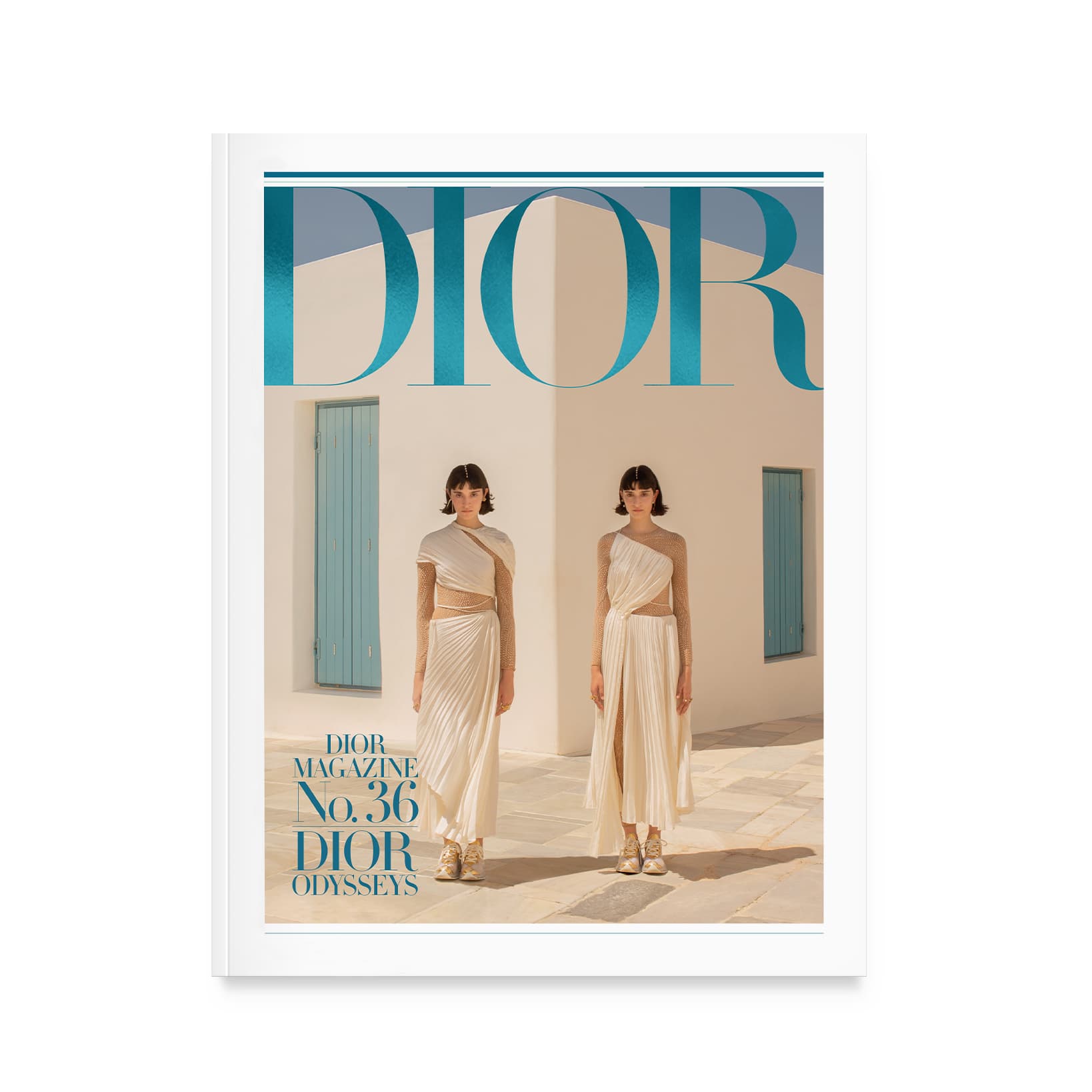

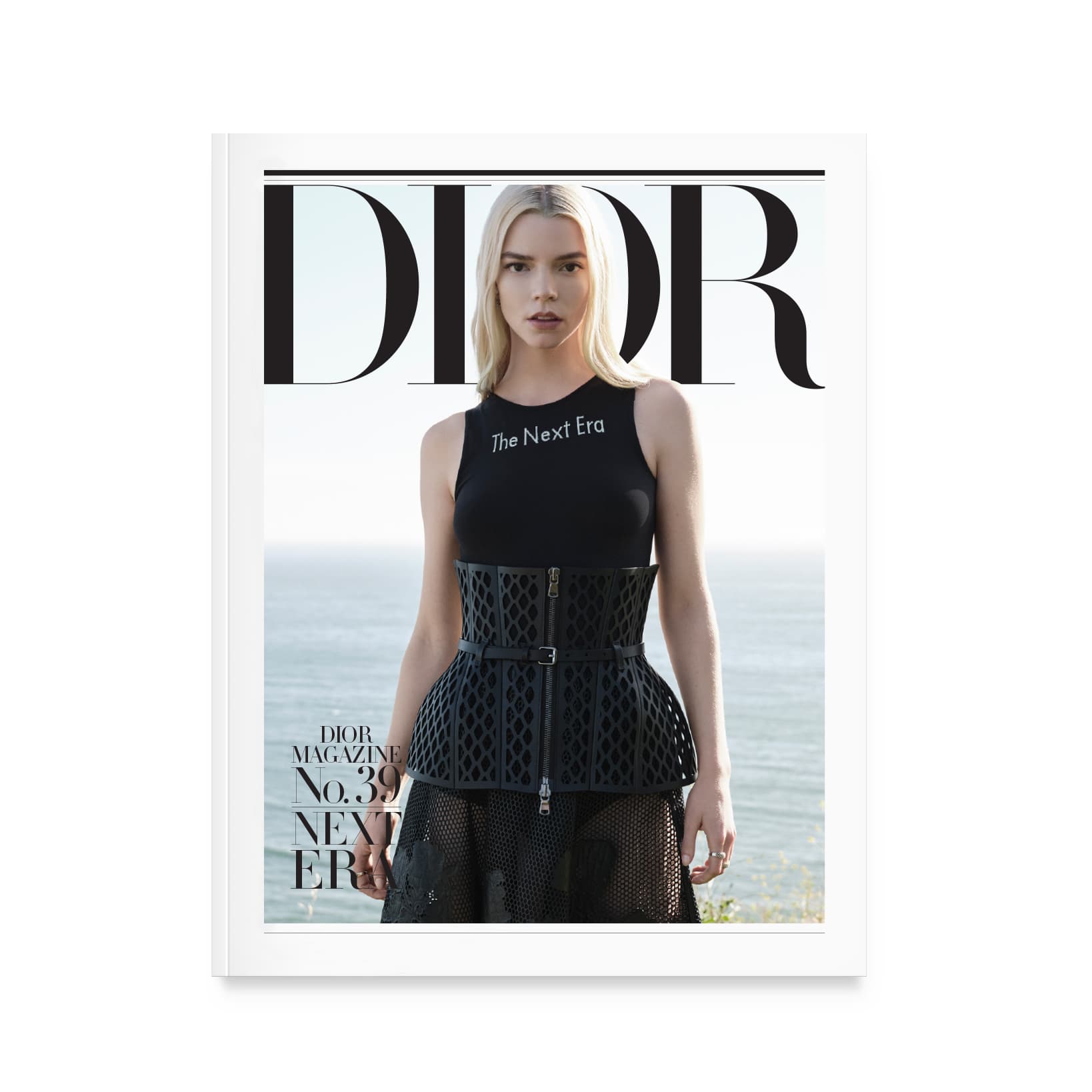
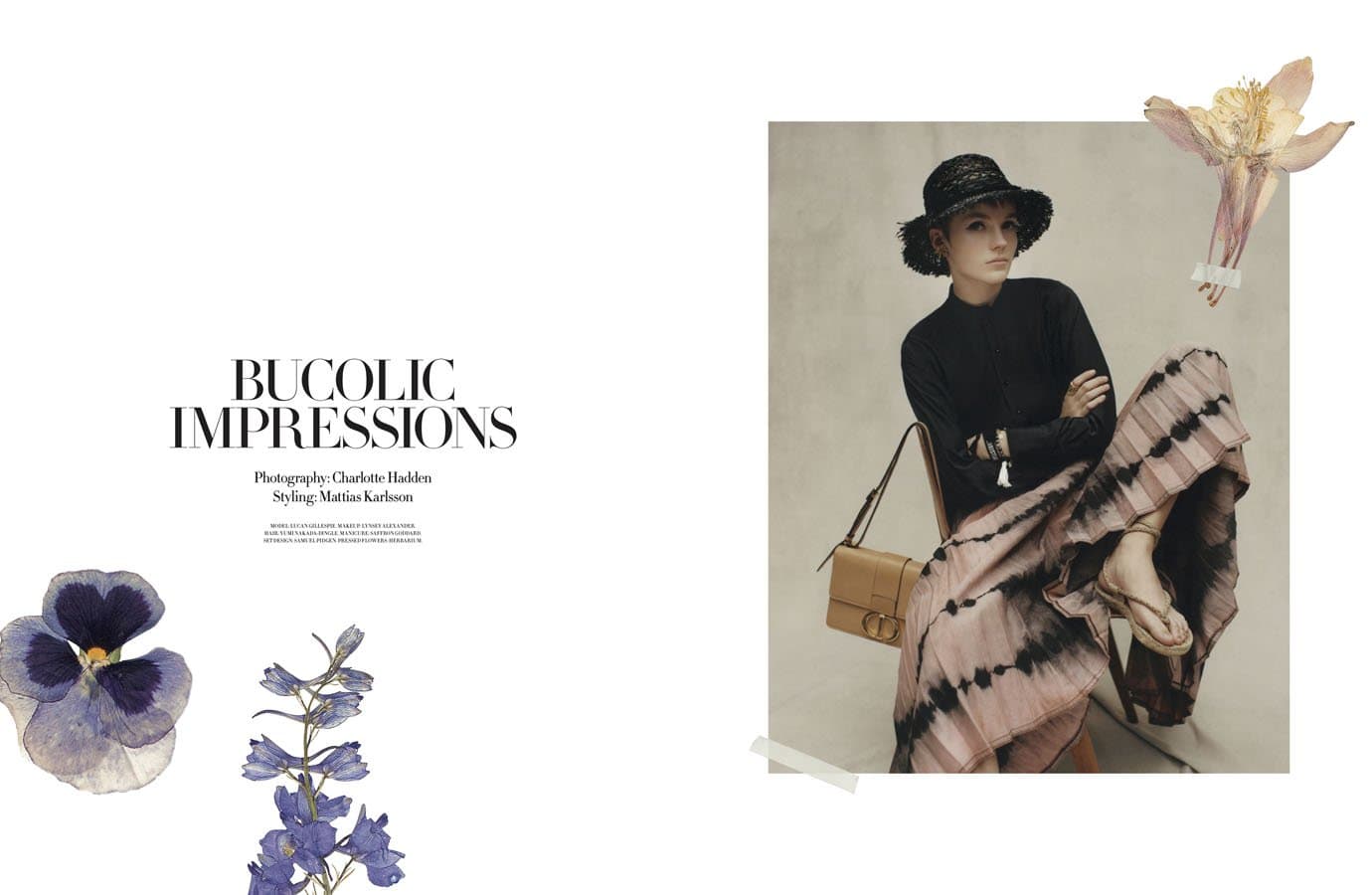
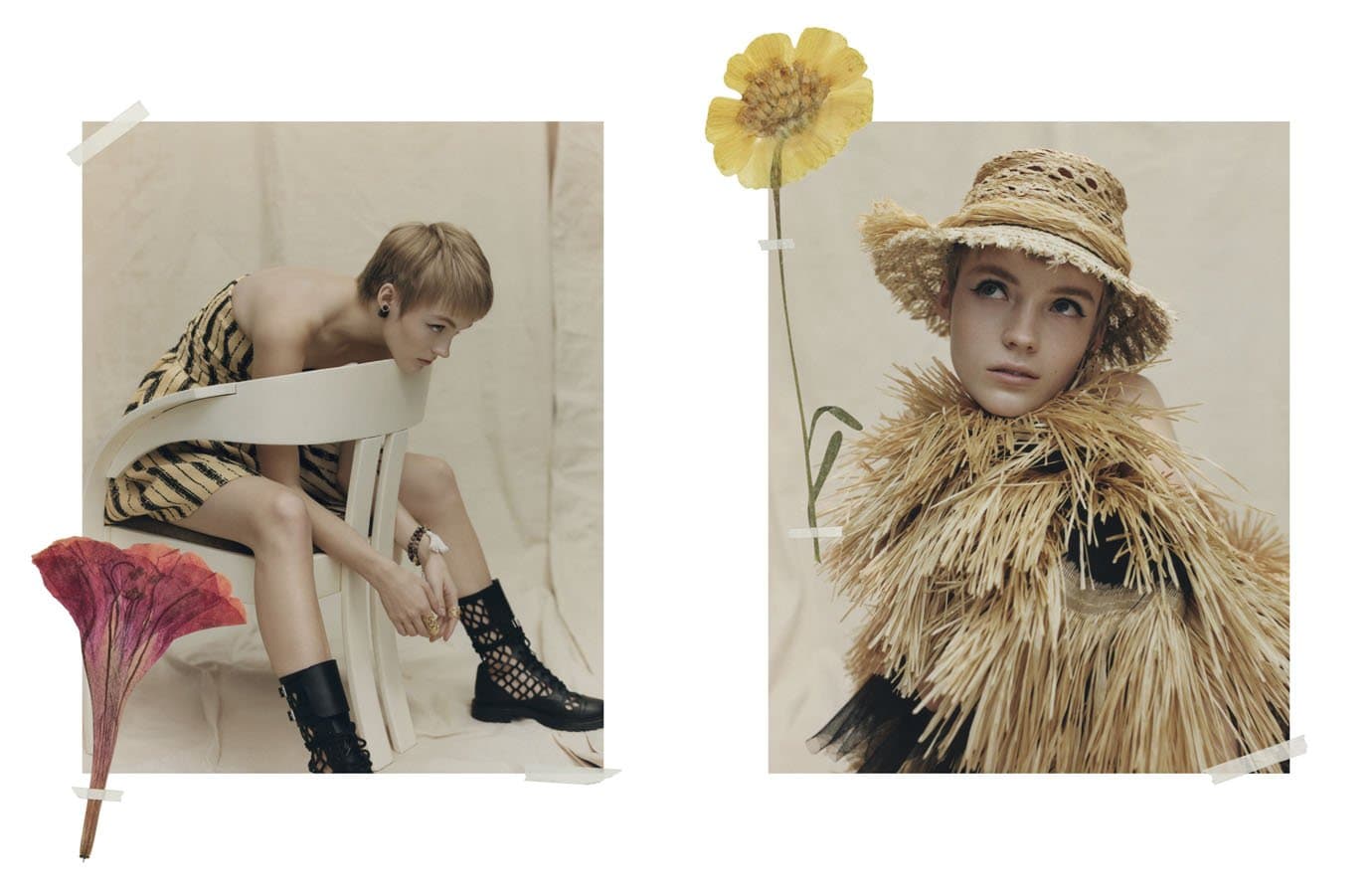
Mark Hooper: Dior seems to be a key client for you: with the opportunity to present a very holistic approach, helping to shape the story…?
Margot Populaire: It was very lucky timing for me, because Maria Grazia Chiuri arrived when some of the senior people above me had moved on at Baron & Baron, so I really got the chance to work on things from the start, and it was very much about giving a platform to other voices, especially women. So I learned a lot from that.
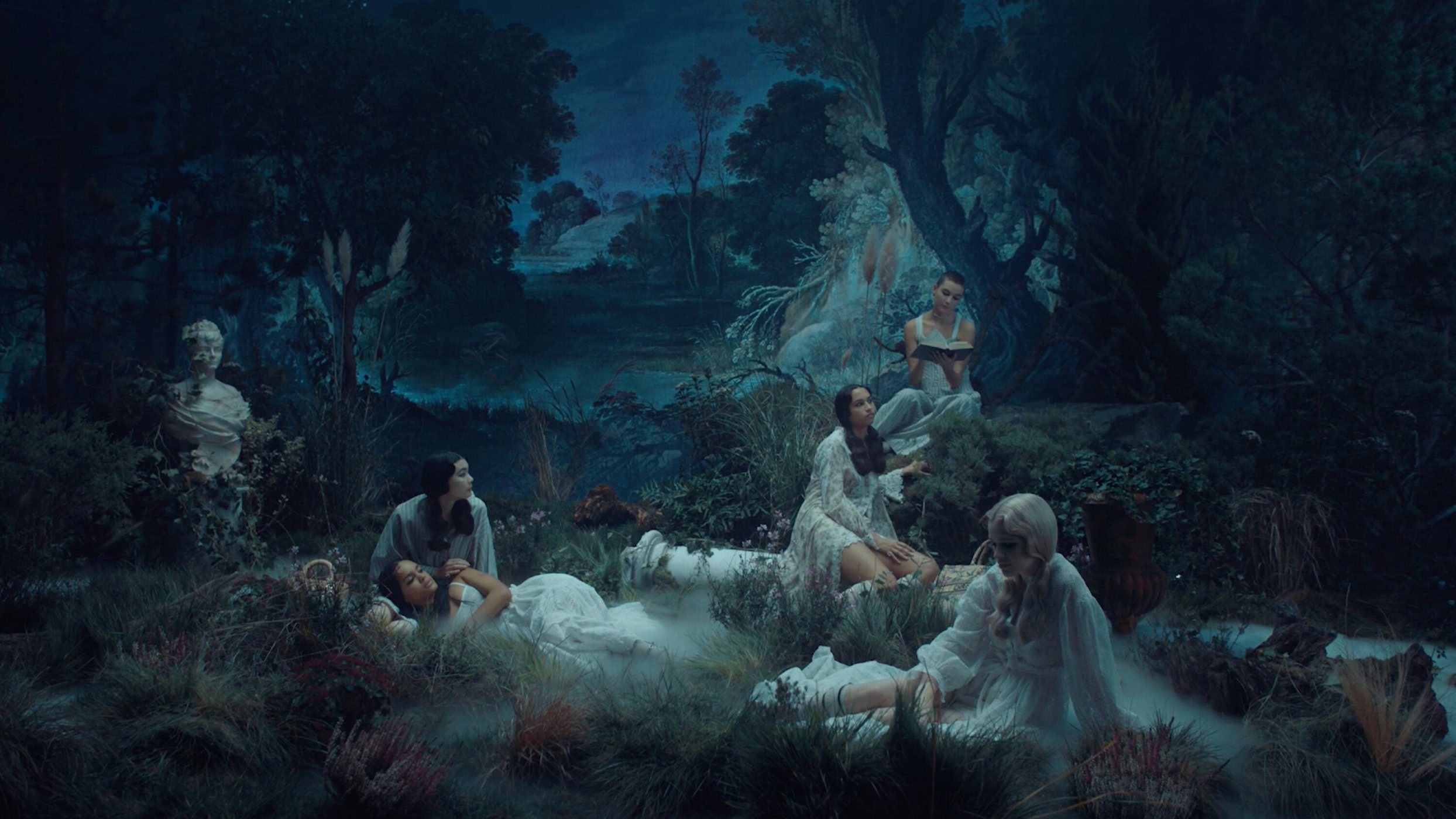
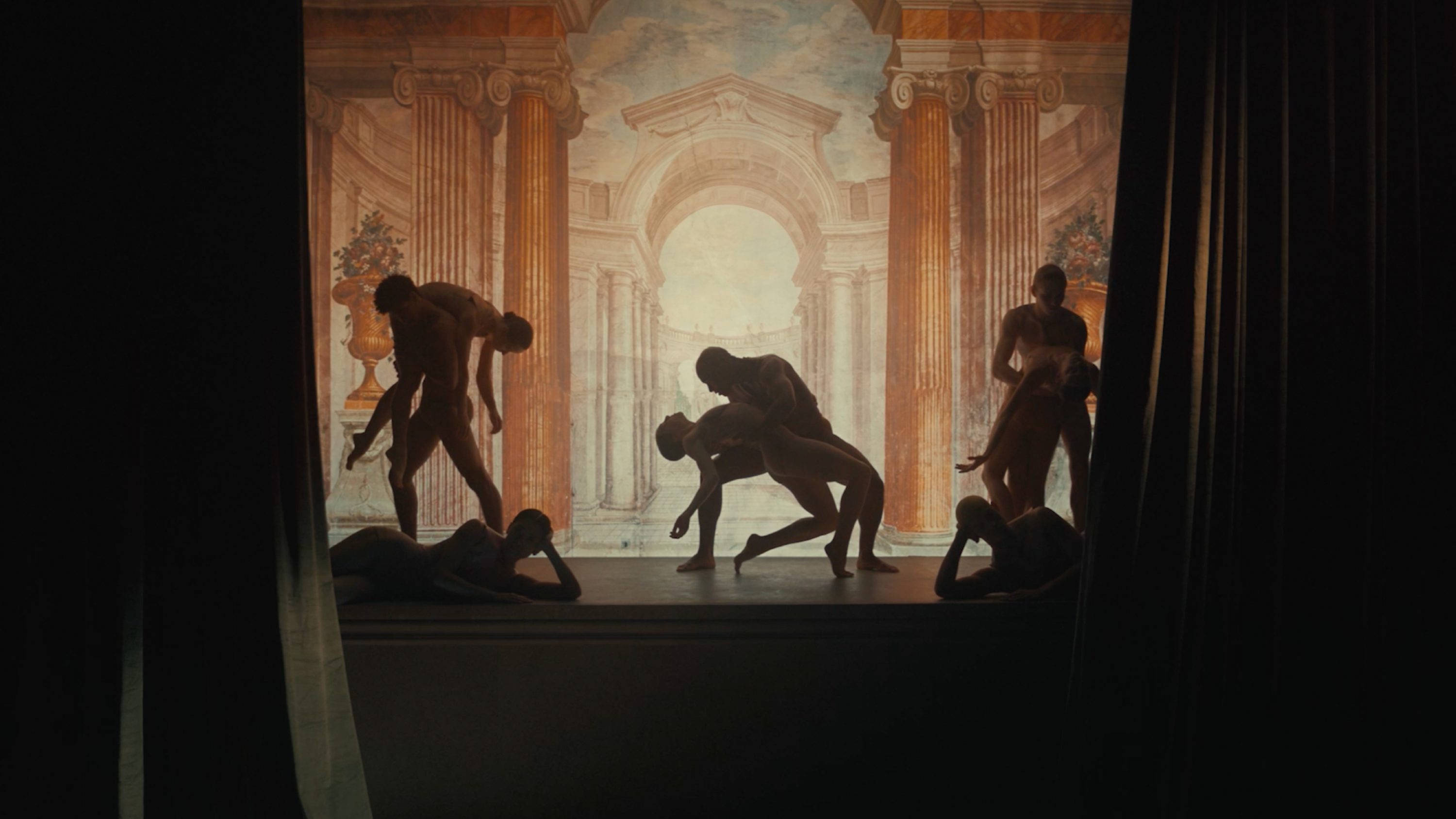

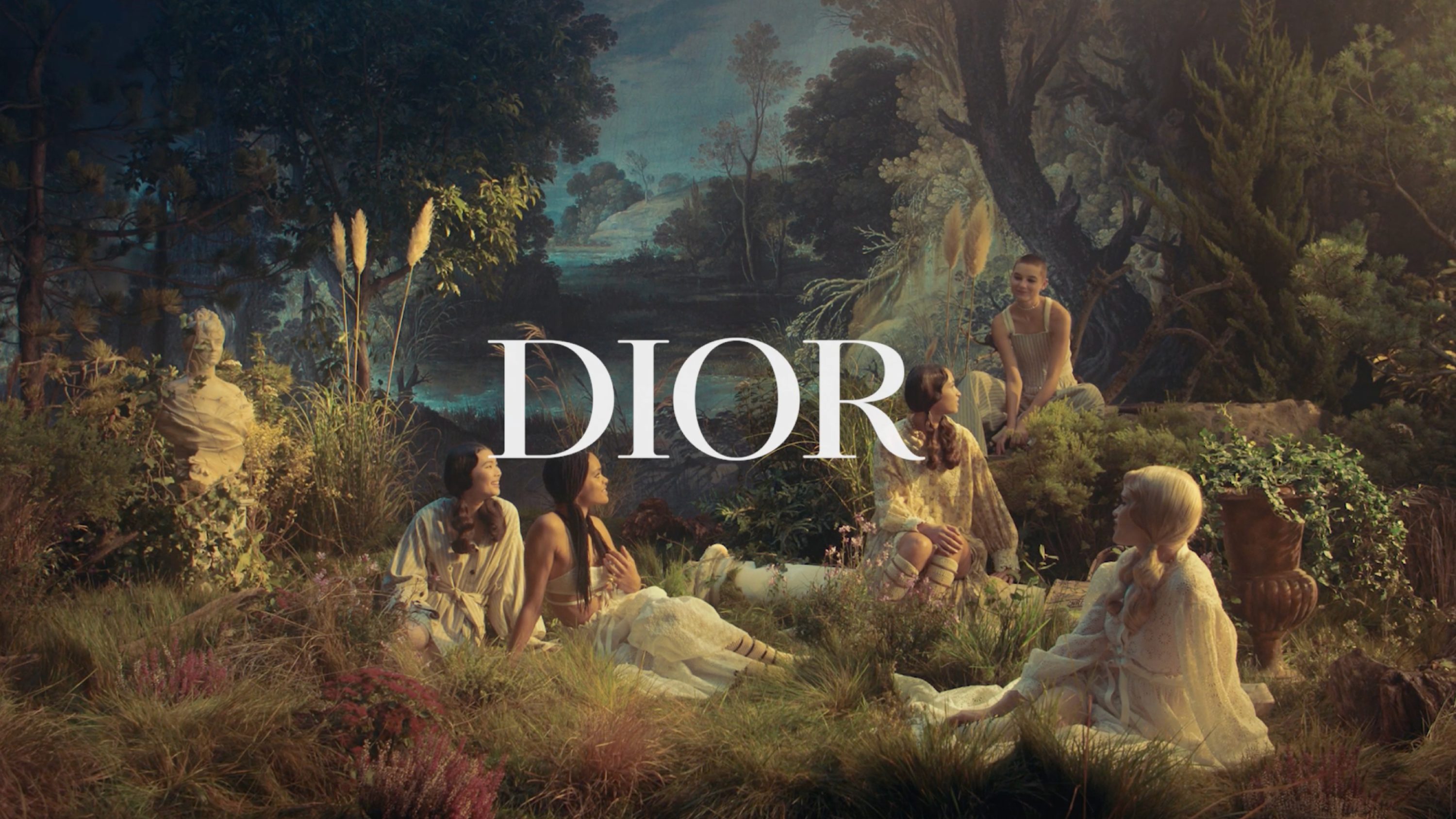
Mark Hooper: There is a real mood of quiet understatement coming through from lots of brands at the moment, including Dior – and your aesthetic seems to fit in with that?
Margot Populaire: Well it does depend on the brand obviously, always. I think I lean more towards style over fashion, more of a timeless approach I suppose, I think that suits me a bit better. Different styles sit naturally with different people. I do think that at first. after lockdown, everybody went a bit crazy, where now I think it’s got to the point where, in terms of luxury, people are thinking maybe in the longterm it’s nice to invest in these things that are going to last.
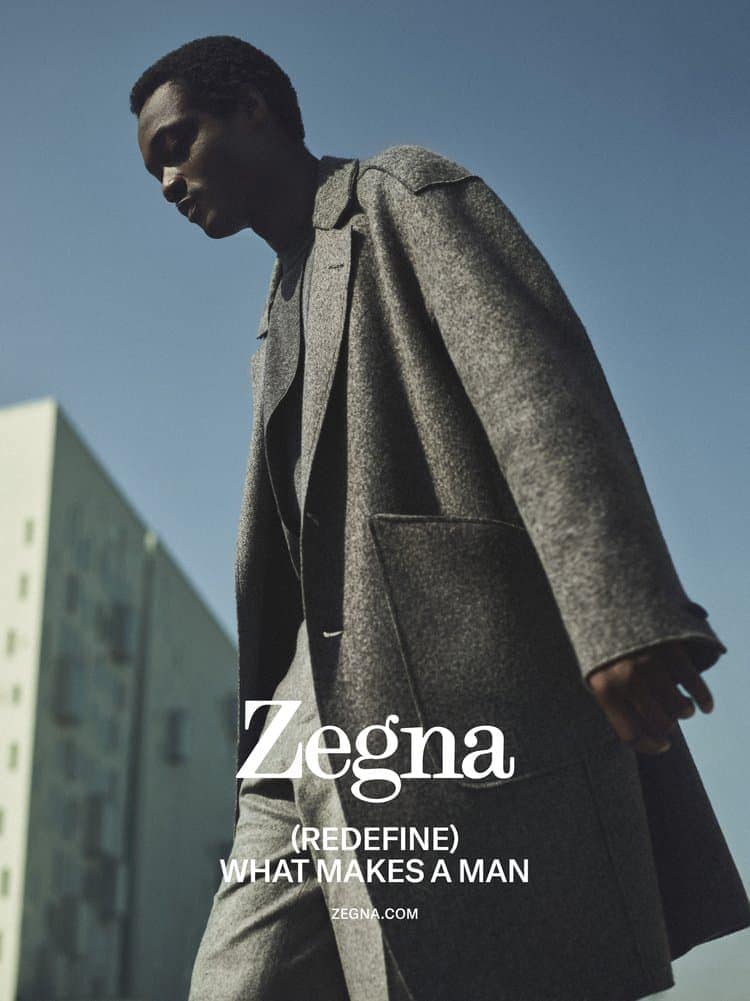
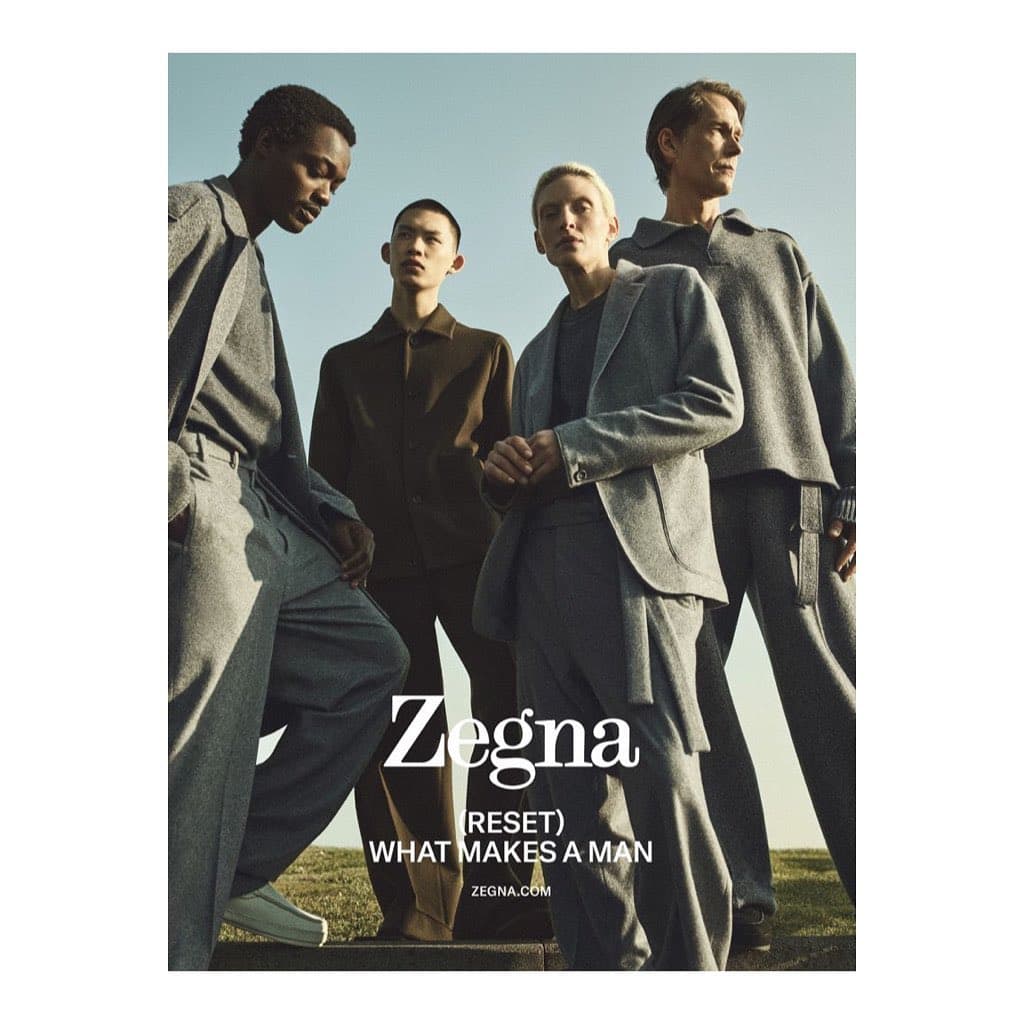
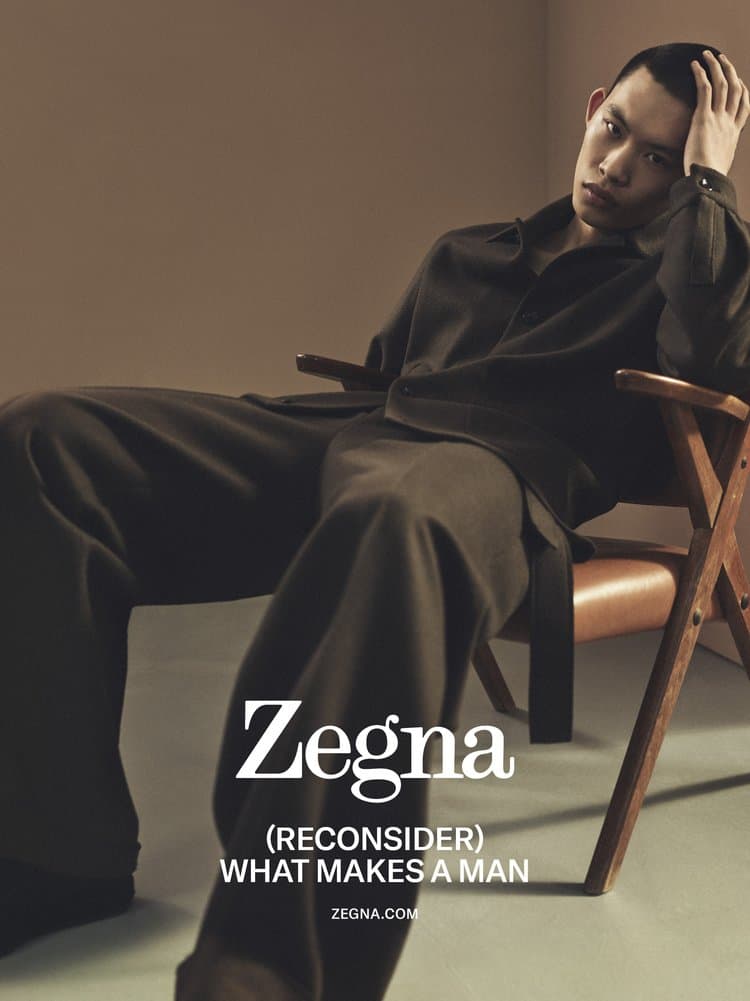
Mark Hooper: And in the current economic climate especially, I think people are seeing that the value of a product is in the craftsmanship and the quality, which is what made these brands ‘luxury’ in the first place, rather than all the noise that surrounds them.
Margot Populaire: Yeah exactly. And it’s also about how you stay luxurious – between all the noise, when there’s so much happening everywhere. There’s something nice about this quiet consistency. I think at the end of the day, it’s about brands knowing who they are, and being consistent with that, rather than trying to jump on every new thing. And also the repetition and reinforcement of those messages – if you’re bombarded with different messages all the time, it can be confusing. You don’t remember. Why would you go there and spend all that money?
Mark Hooper: That often comes from the pressures of seasonal collections…
Margot Populaire: Exactly. I guess there are different markets and regions, but seeing how Dior works closely, it’s such a machine, it’s pretty impressive. But you have to have a core message that remains true. Obviously it will be different depending on the brand, but as long as it is an authentic message, it will work pretty well. I think a lot of brands just don’t know who they are. They don’t have this inspiring origin story, so sometimes it’s hard for brands to figure that out.
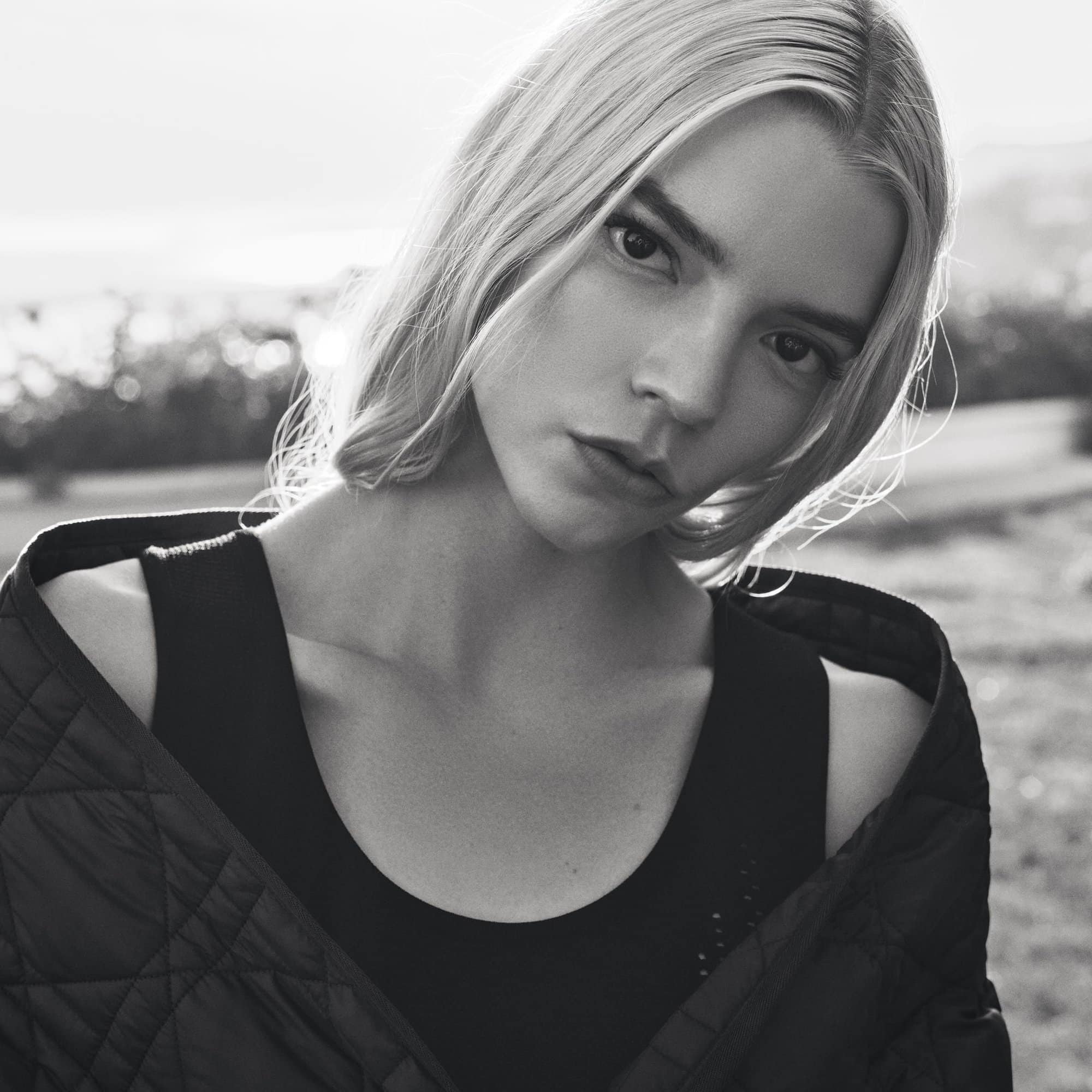

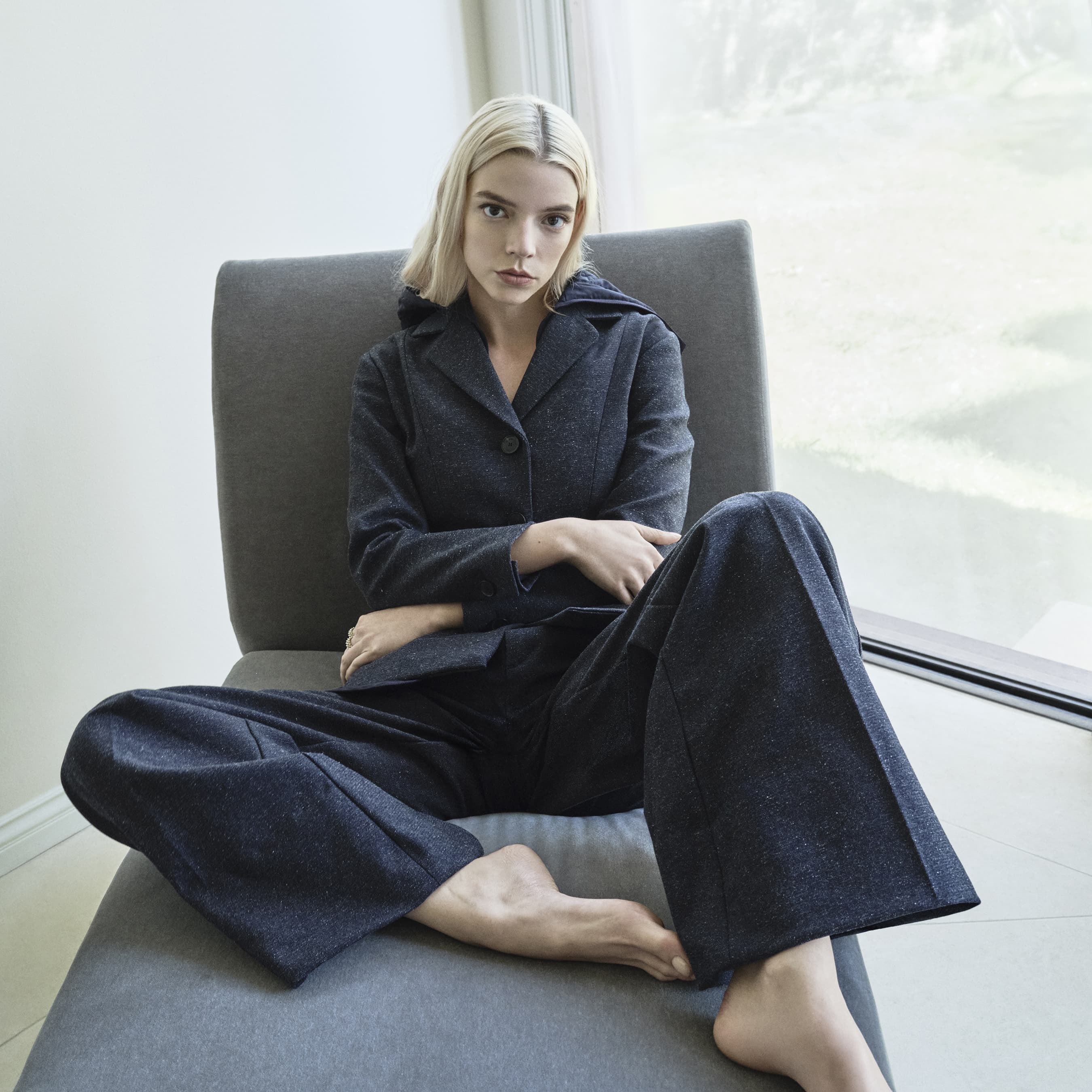
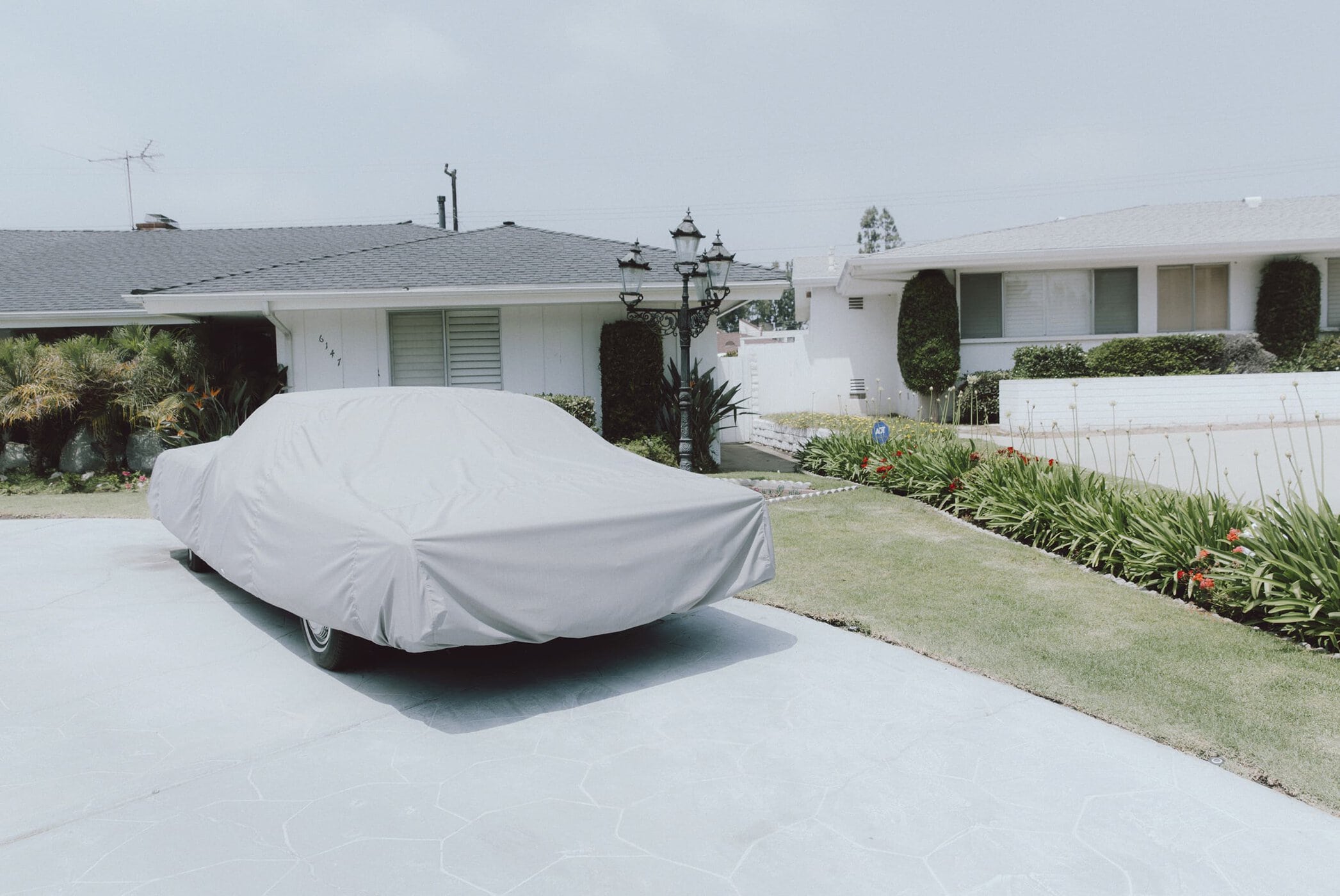
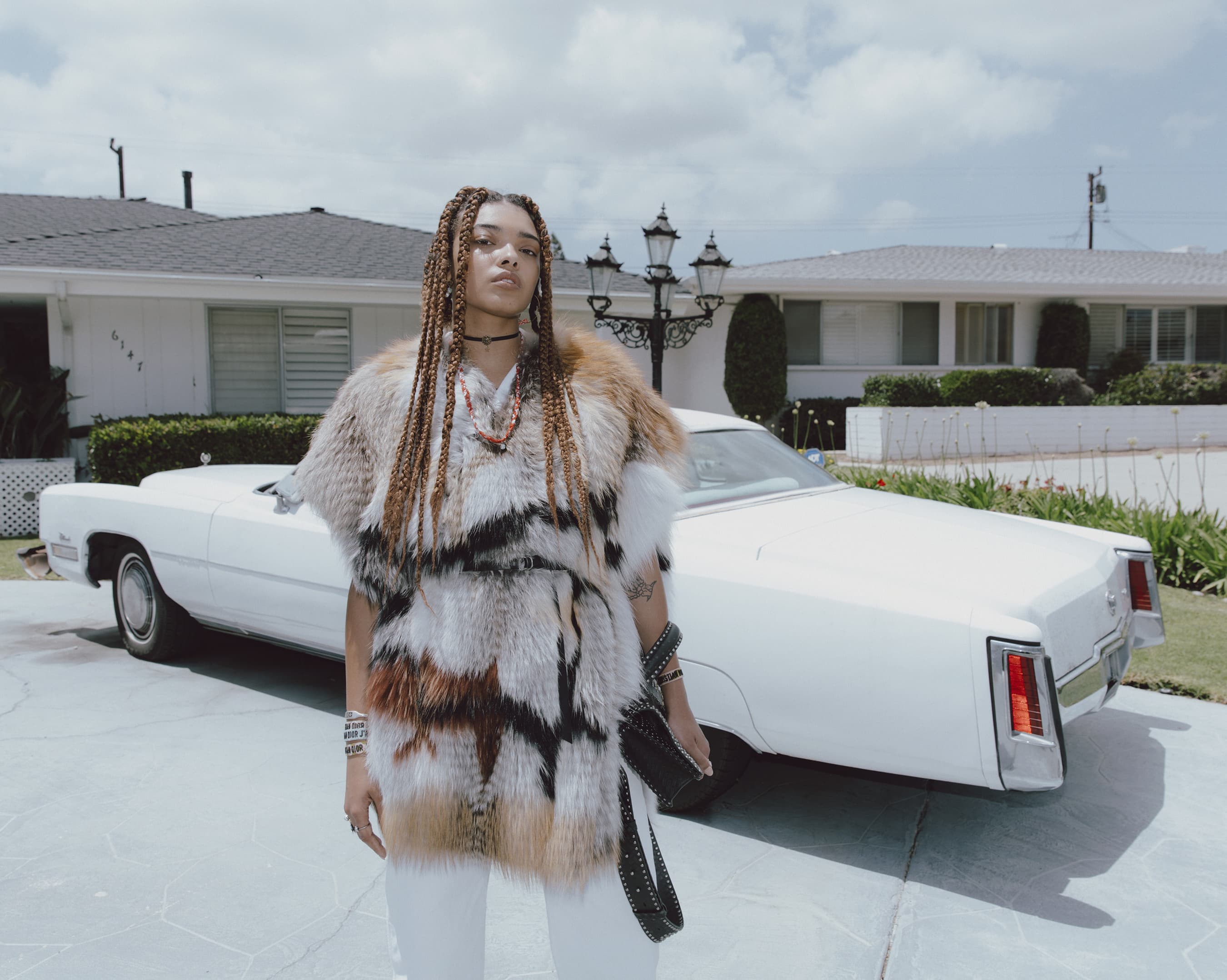
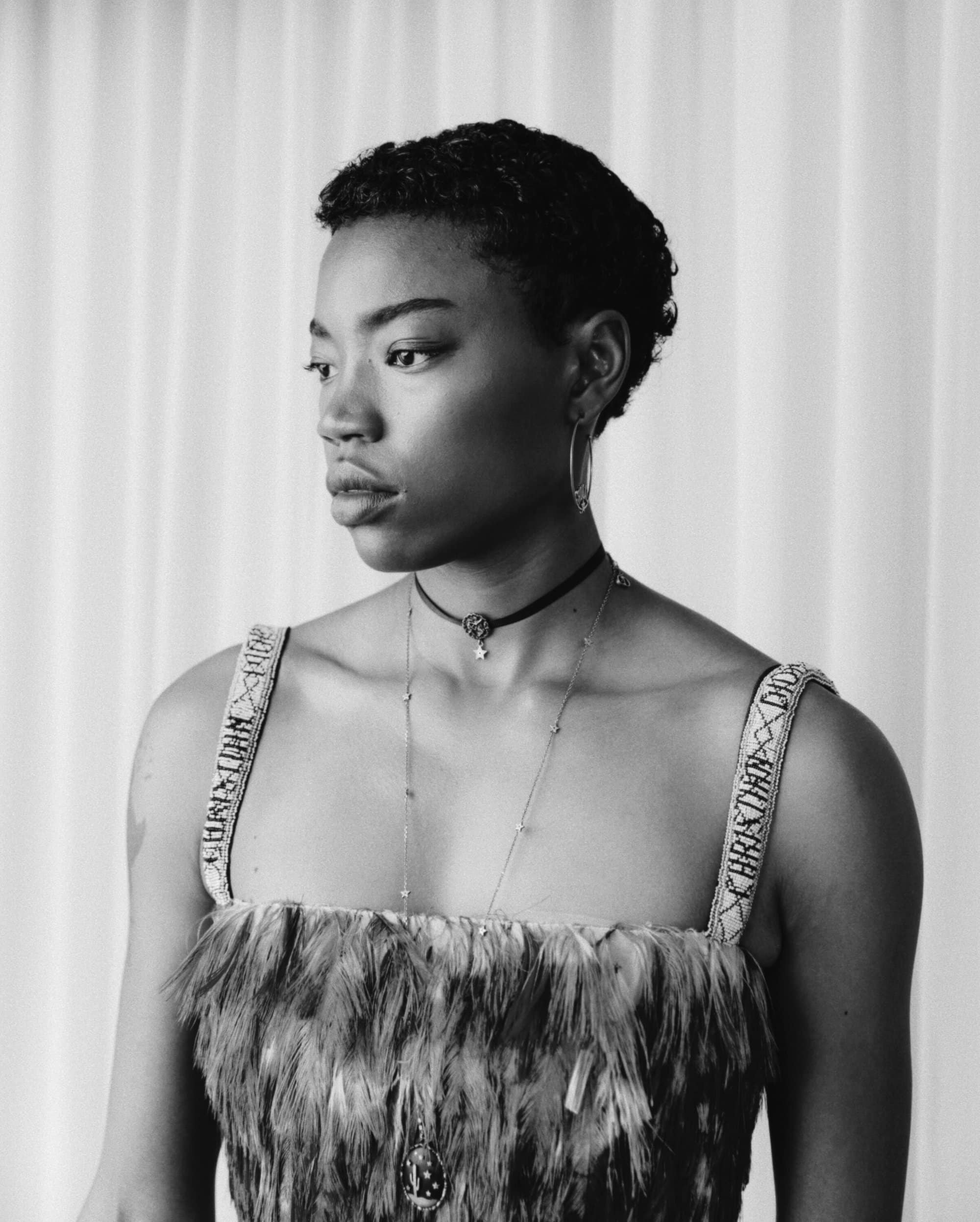
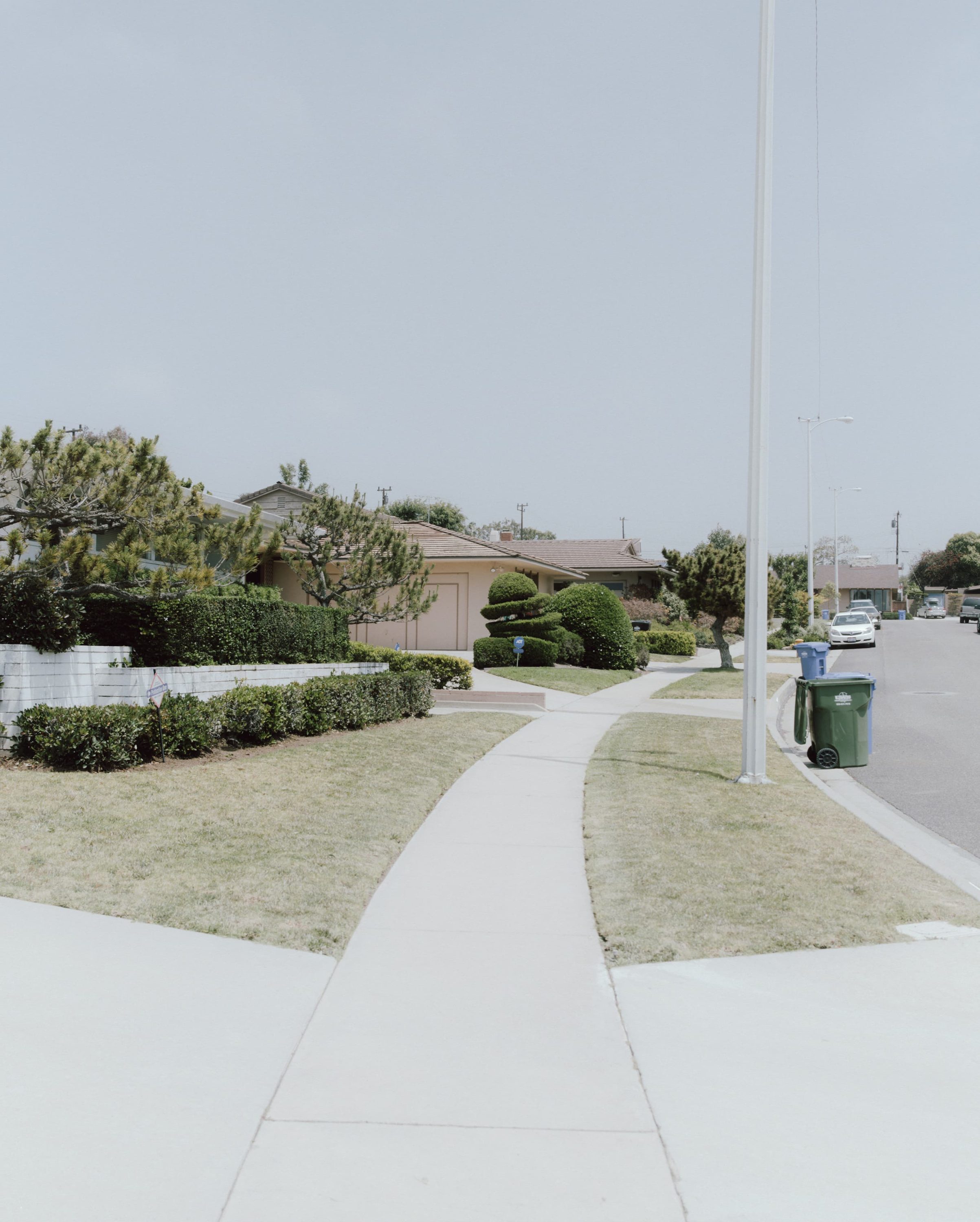
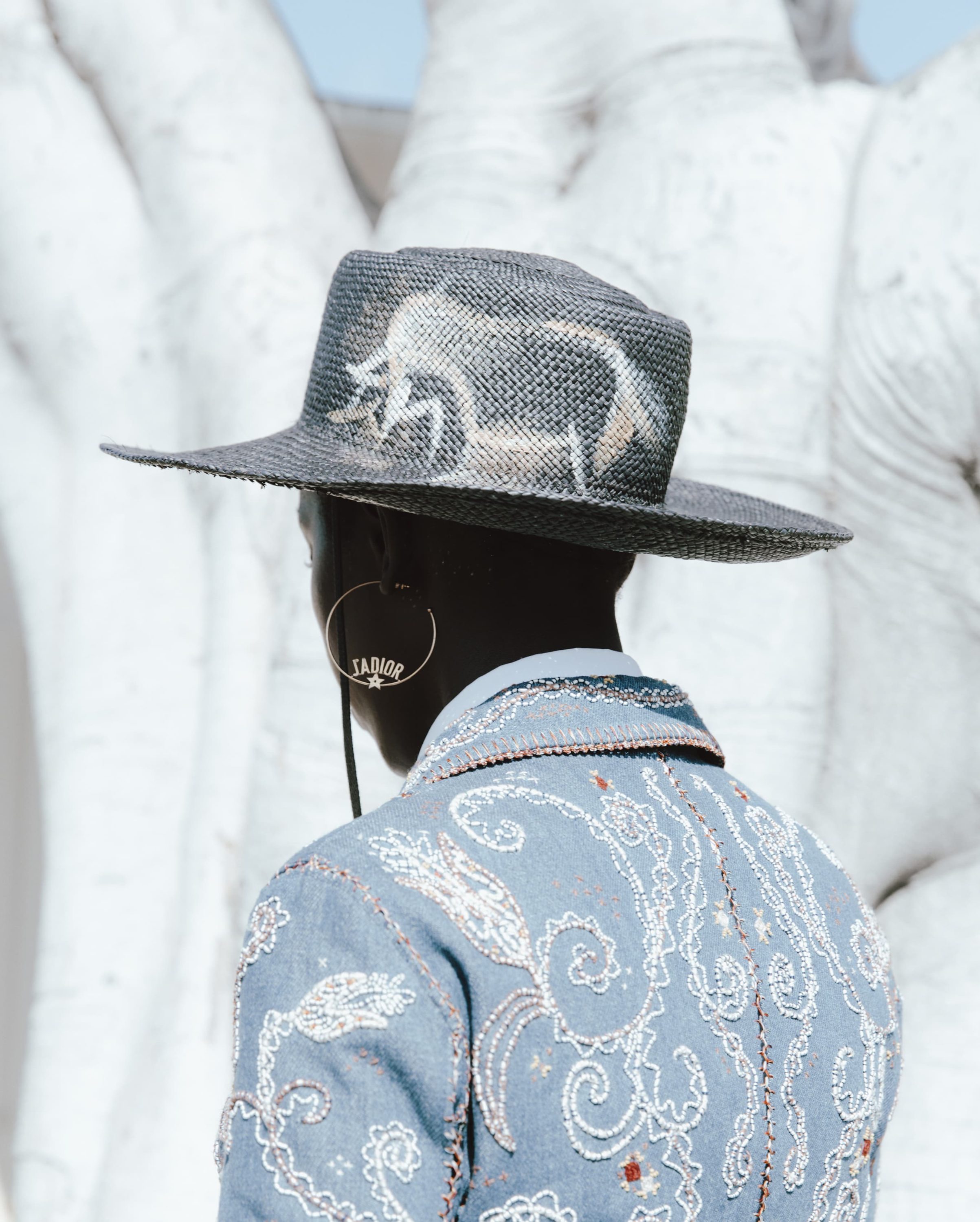
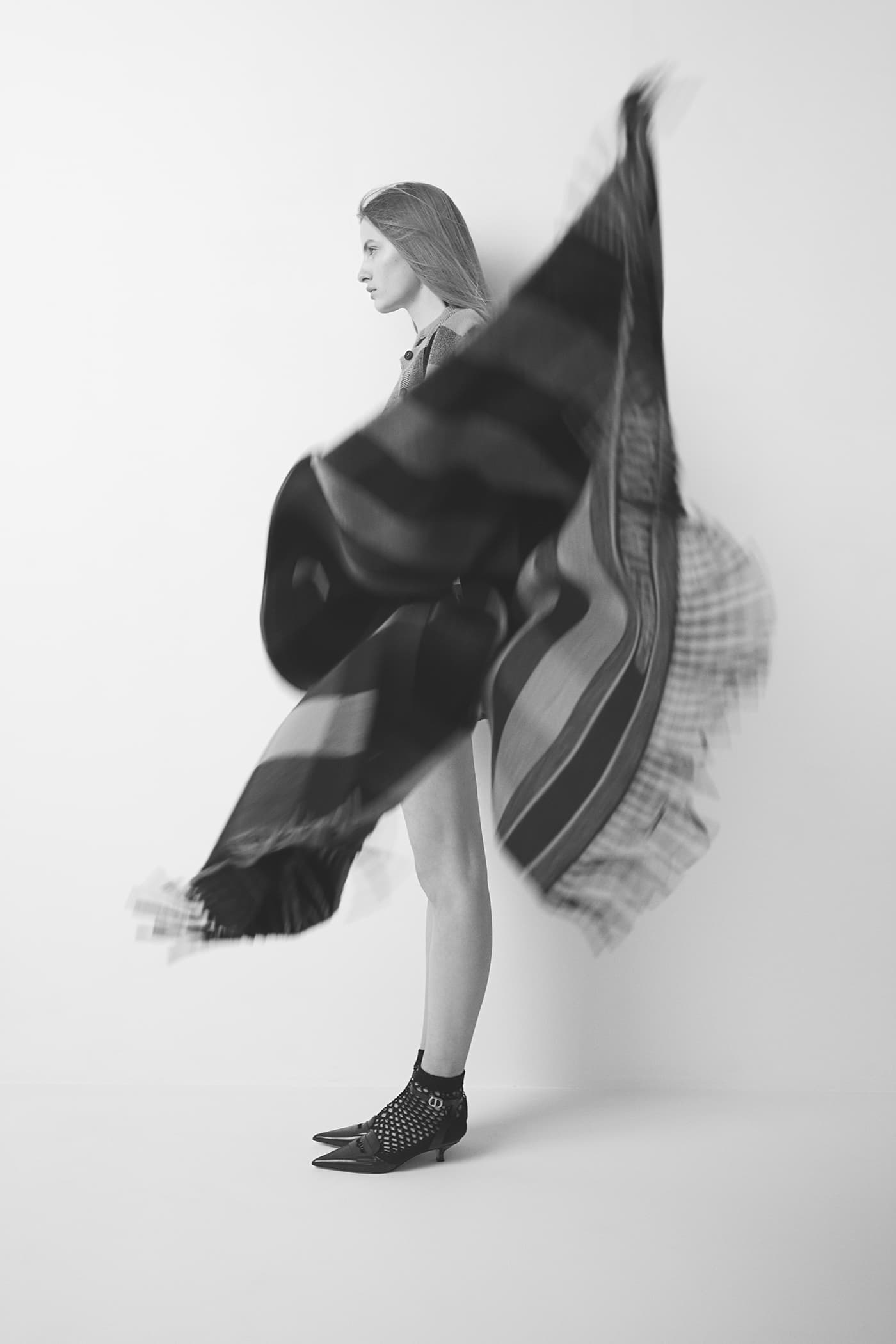
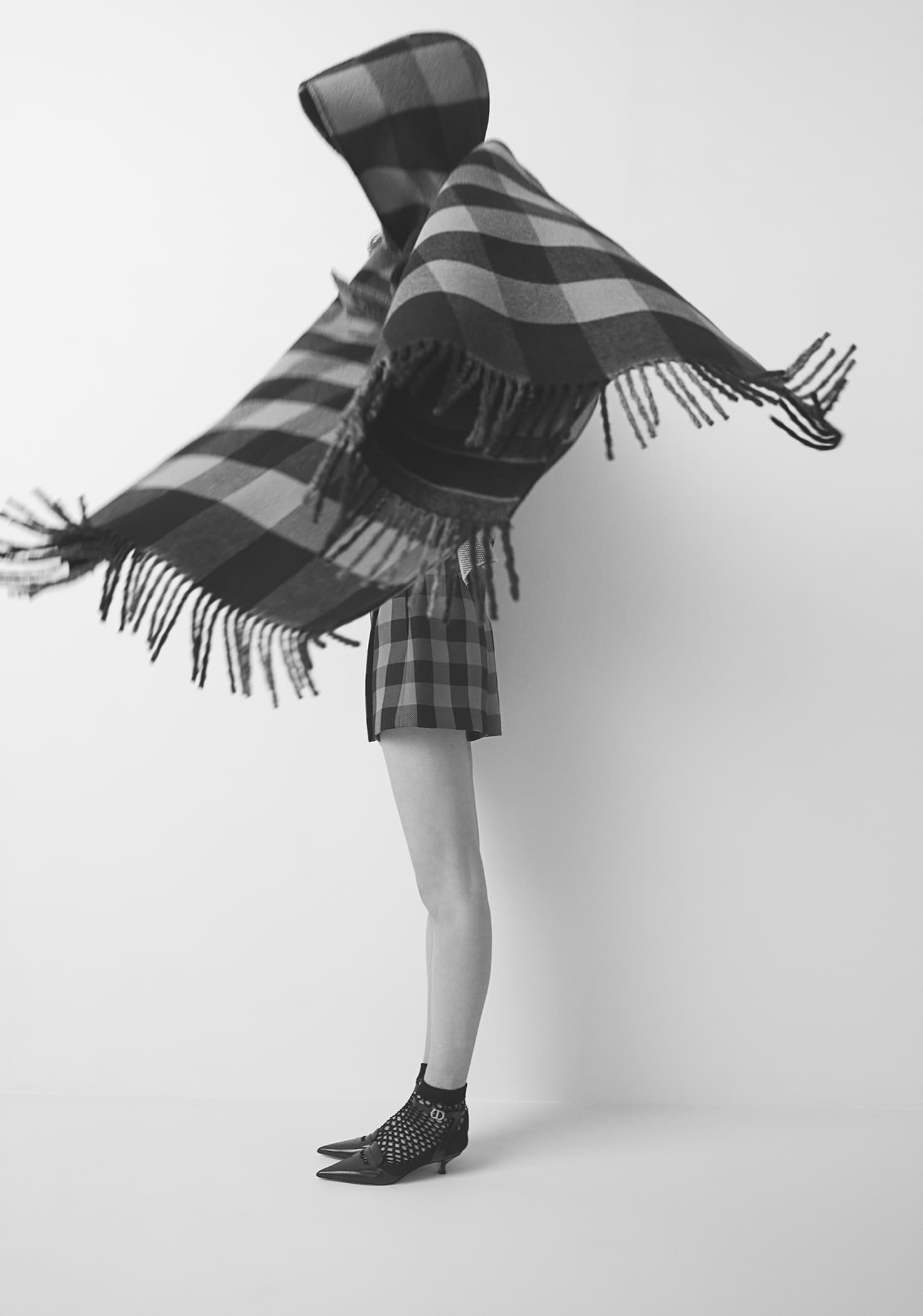
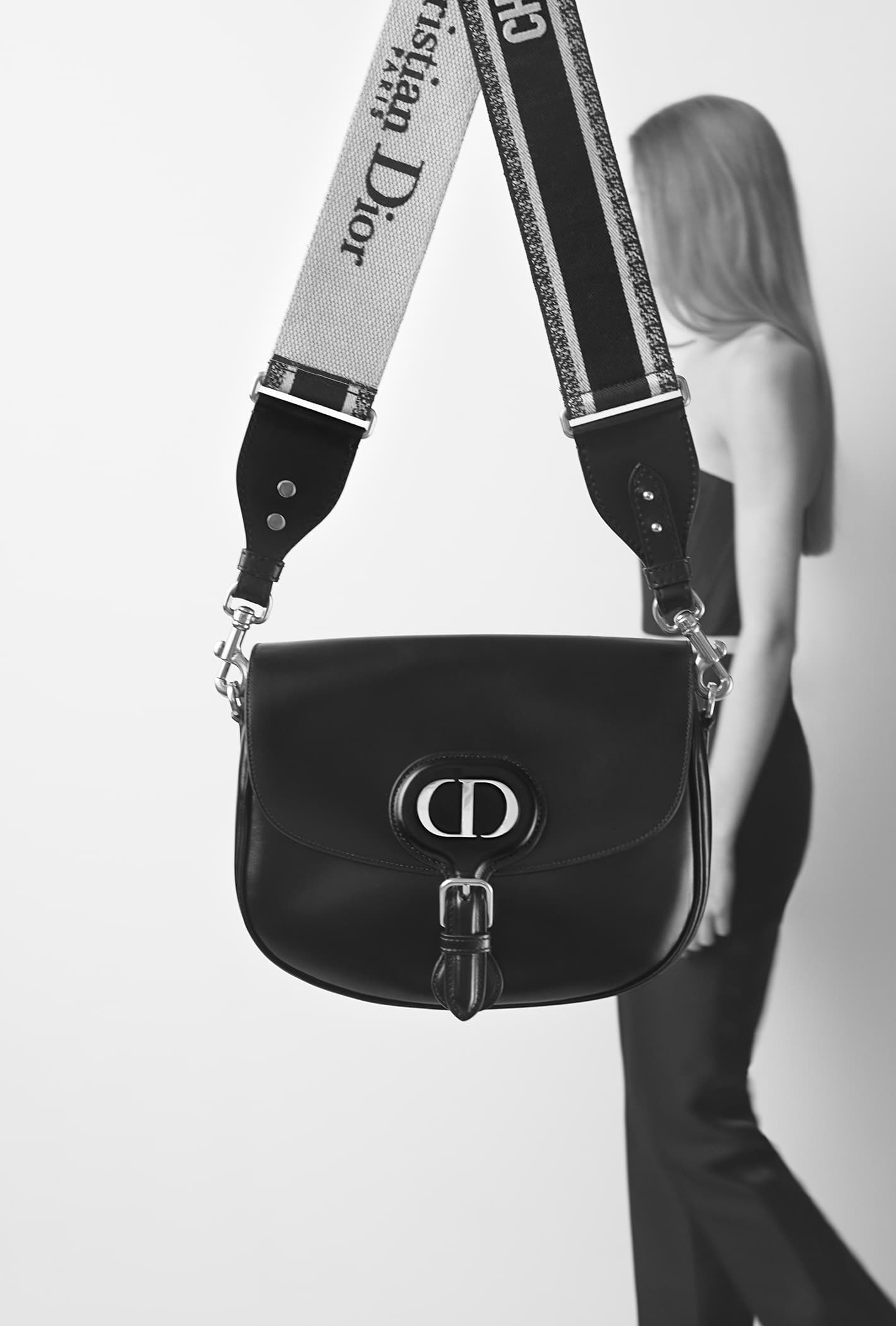
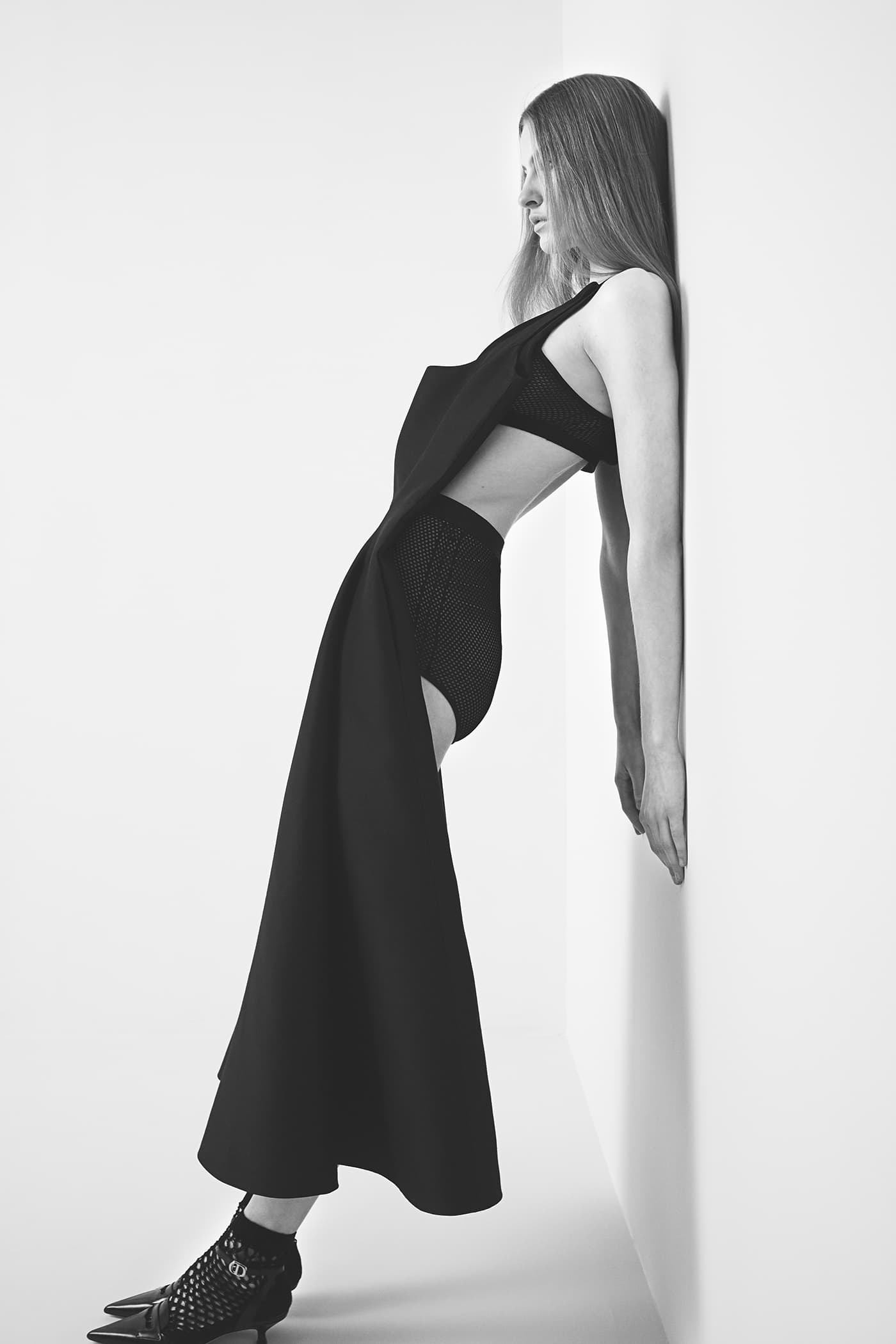
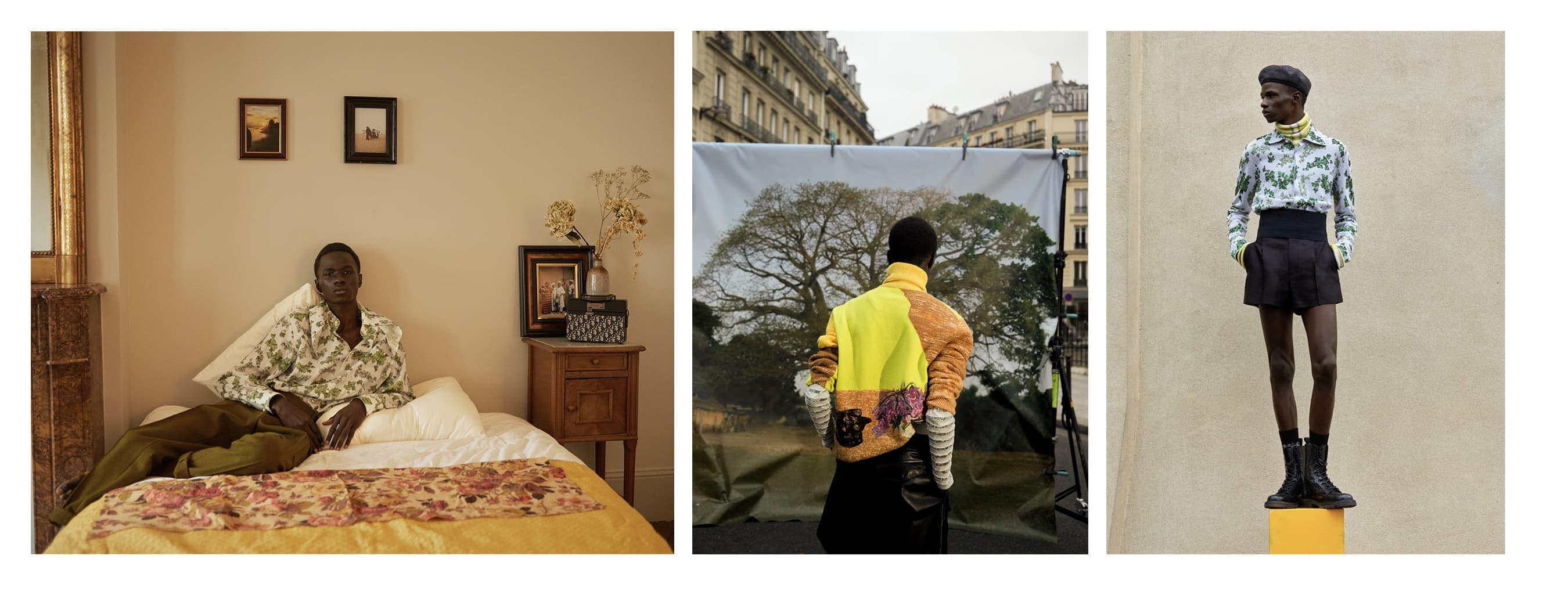
Mark Hooper: And it’s obvious when they try to create a backstory that isn’t there, it’s quite easy to get that wrong.
Margot Populaire: True. But sometimes it can be like a kind of therapy.
Mark Hooper: Working their issues through on billboards!
Margot Populaire: Ha, yes!
Mark Hooper: Your background is quite varied – studying Communication in Belgium, then Graphic Design in Australia, then working for a more traditional advertising agency back in Belgium. Do you have a preferred medium or field of work?
Margot Populaire: I would just say imagery, whether that’s still or moving. Thanks to working at Baron & Baron, I’ve learned so much about film. It can tell the same story, even in combination with still images, but on different levels. I prefer working in a visual way, where you can convey a feeling even just with the use of light so much easier than, say, graphic design. To me, graphic design is the base for everything, but the visuals give you the emotion, and that’s the part I like the most.
Mark Hooper: How did you come to be in the US and work at Baron & Baron?
Margot Populaire: I was working in ‘traditional’ advertising in Brussels, and when we won a pitch for a fashion client, that world felt like a much better fit for me. When I moved to New York I met Ferdi [Ferdinando Verderi, now Creative Director at Vogue Italia], and he offered me a job at Johannes Leonardo [which he co-founded]. But then I got the opportunity to join Baron & Baron as an art director. Ferdy was very understanding, it just felt like a chance I couldn’t turn down.
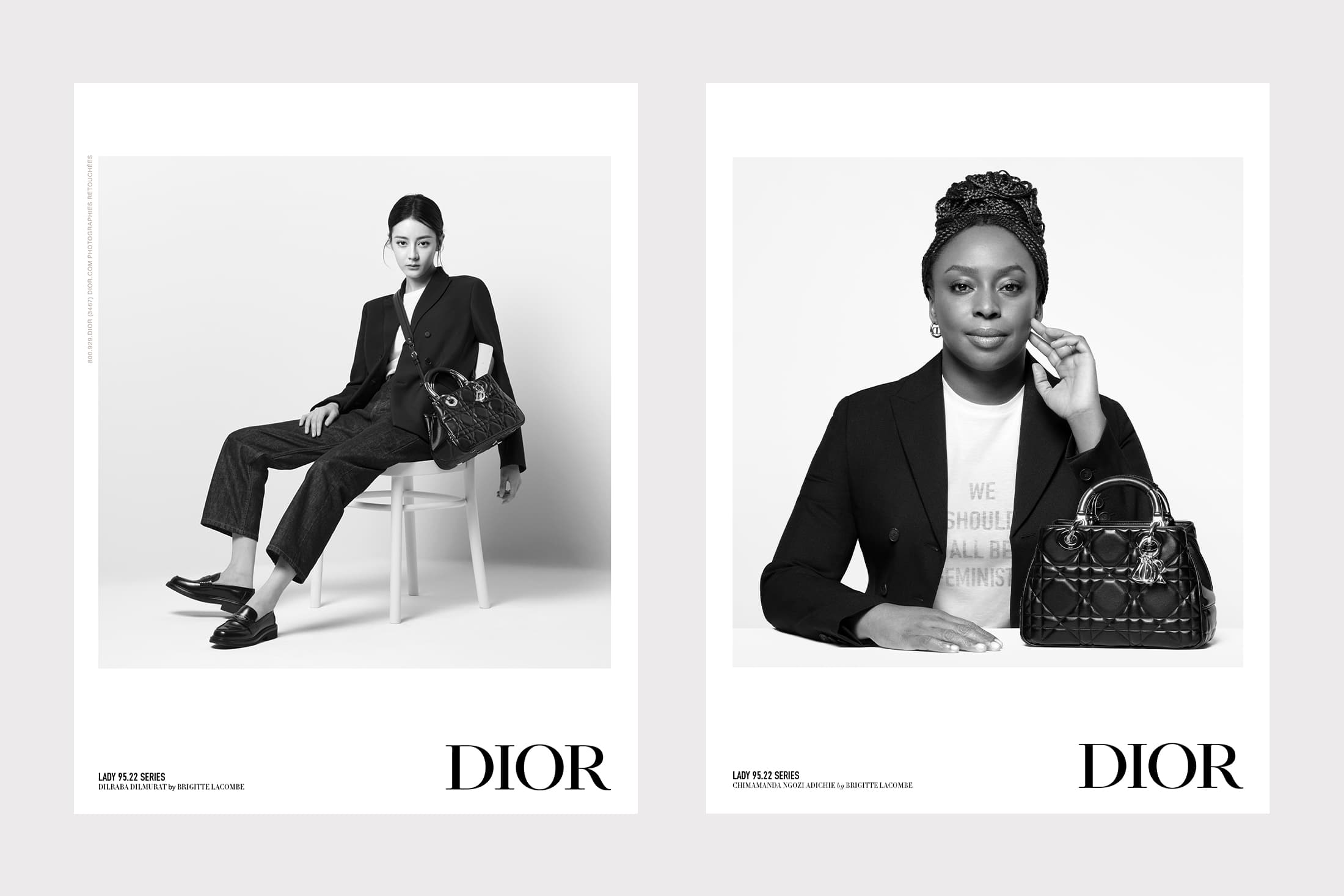
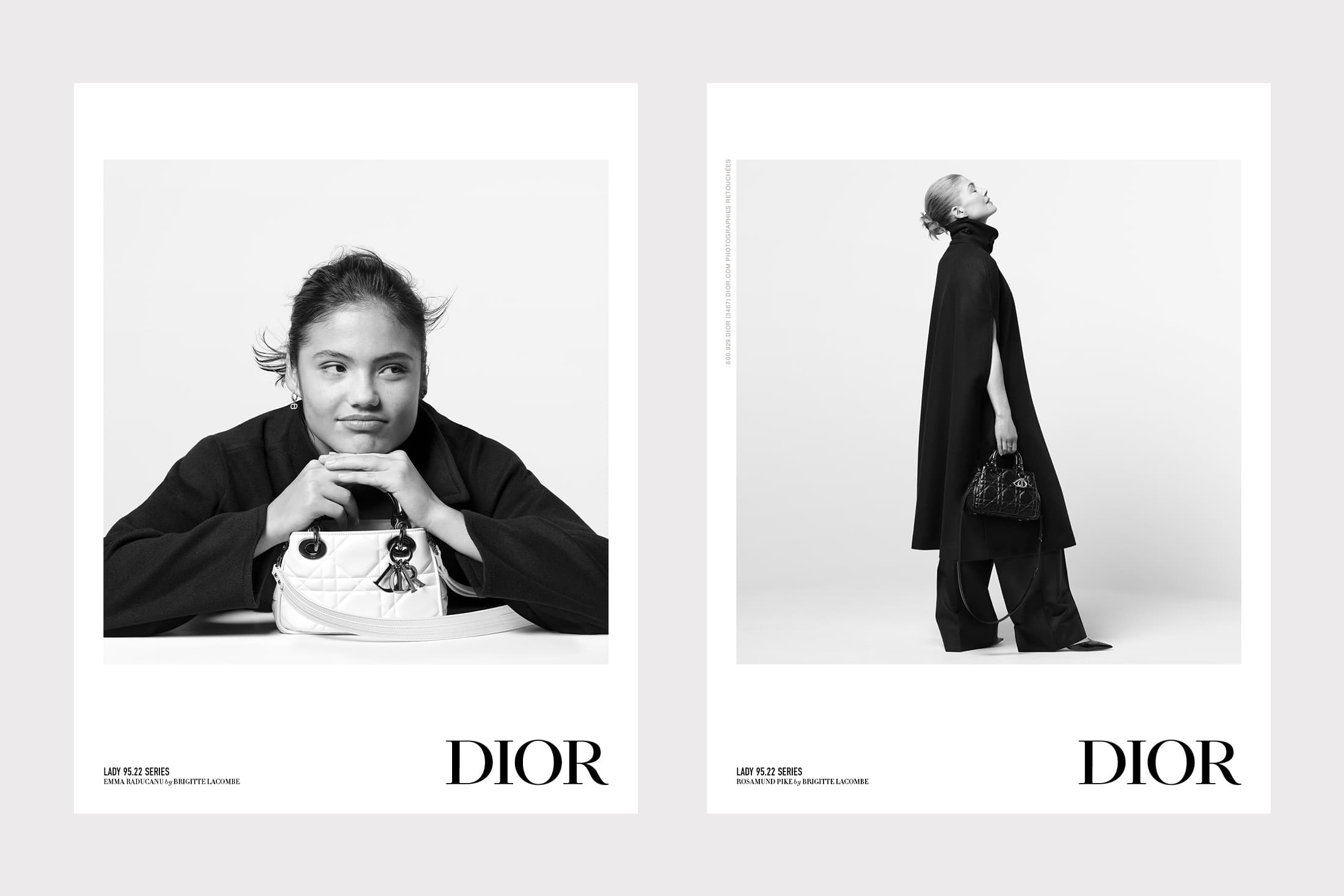
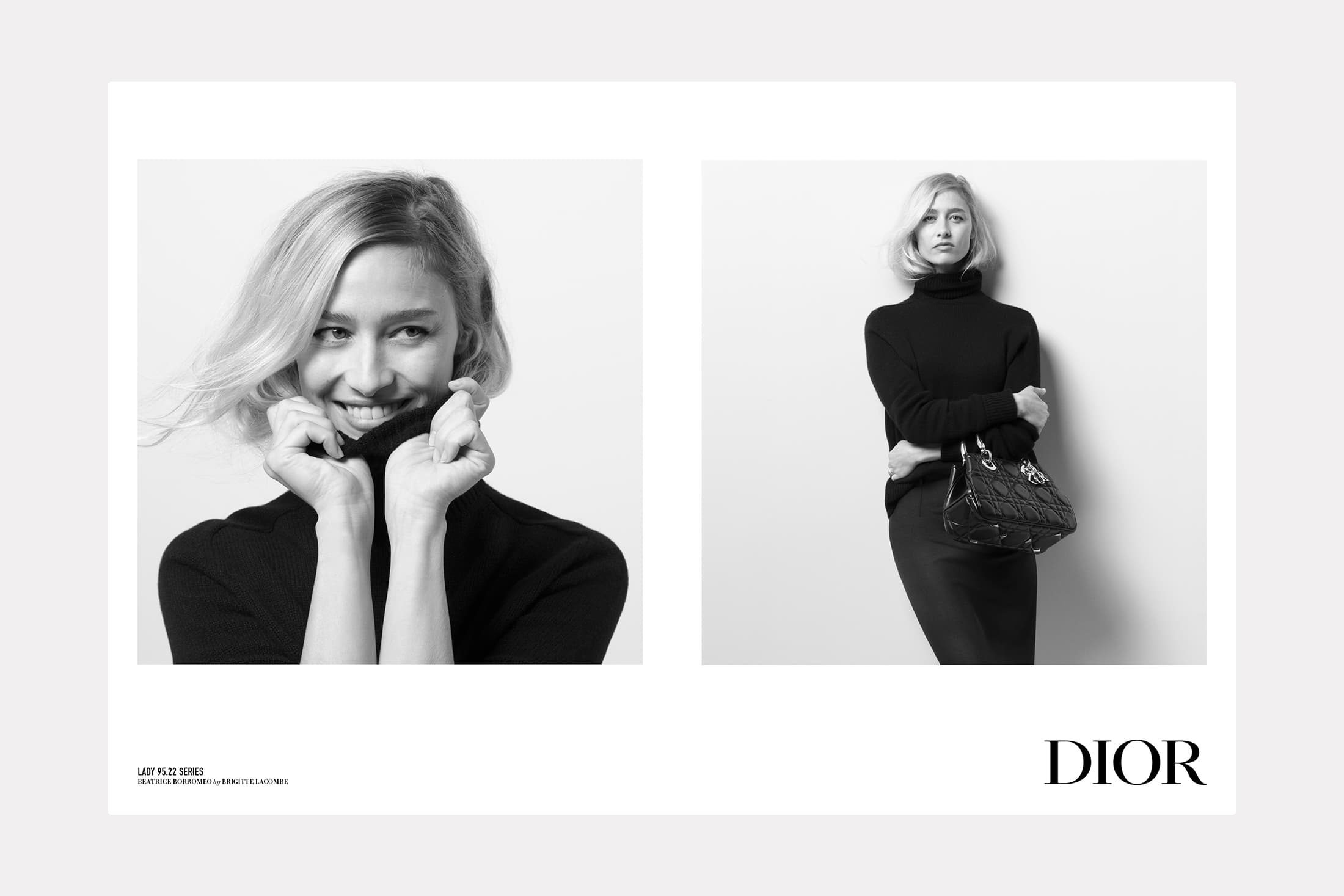
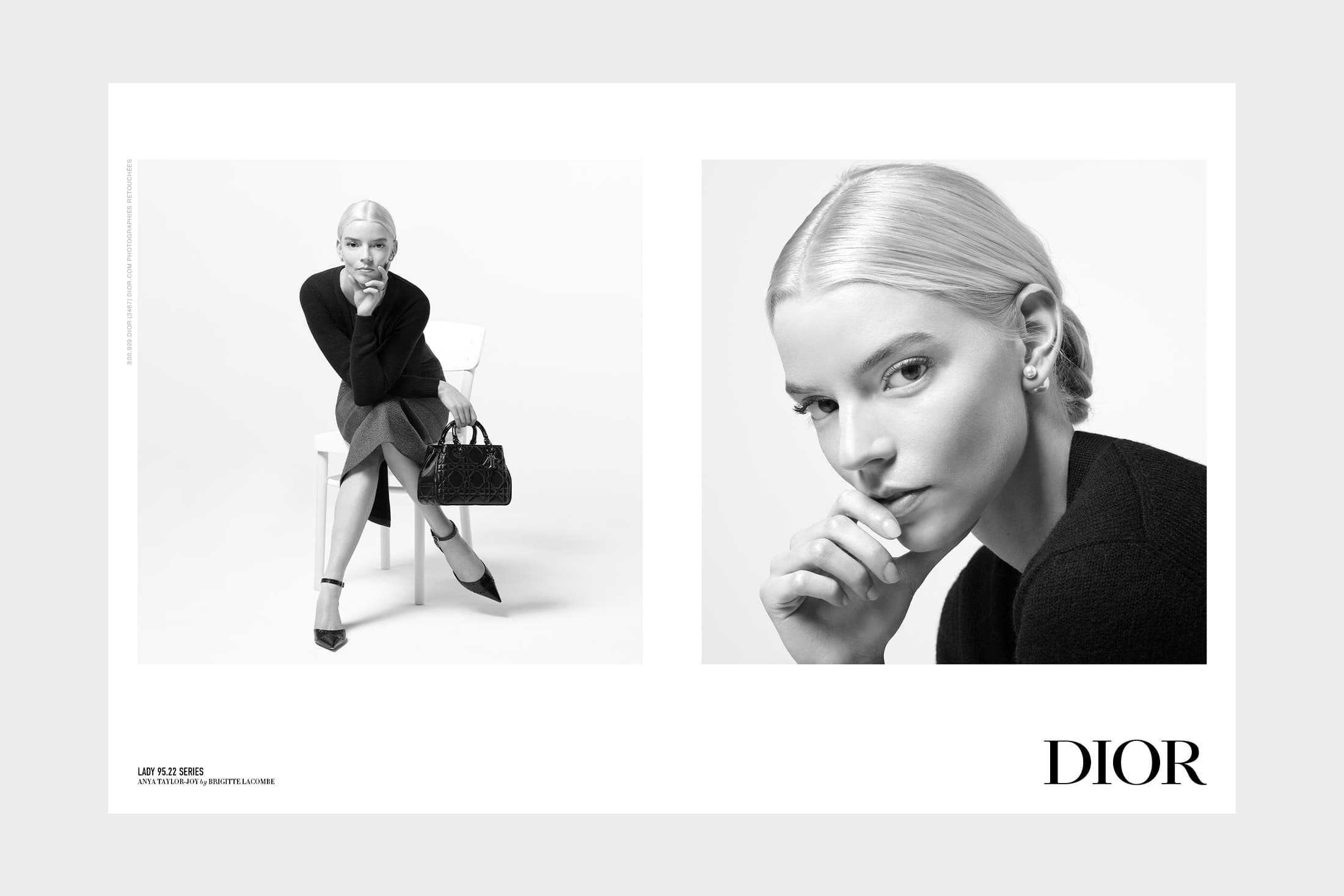
Mark Hooper: But I would say your work seems very inclusive though – there is a less intimidating approach?
Margot Populaire: Yes. I like to hear many different points of view, and I like helping people to find the best version of their point of view, so it’s a different approach I guess.
I really try where I can to include new talent I believe in into the existing pool of top creators I’ve had the chance to work with. I know that roster won’t change overnight, but I feel it’s a small contribution I can make. This doesn’t necessarily only mean young artists, but also for instance artists who are more known outside the world of fashion.
I like brands that have a timeless element to them, or just a real story to them. Brands that have a history that you can look into. But that can also apply if someone has just started, as long as they have a true story to tell. I guess it’s about brands that, at the end of the day, have a product that has a reason to exist, rather than just being there to make money. And that can be anything.
Mark Hooper: The name Atelier Populaire comes from the 1968 student riots in Paris, doesn’t it?
Margot Populaire: Yes! I came across that when I was doing some Dior research, I think. And I thought that’s a cool name. And obviously it has my name in it! ‘Collective’ is such an overused word, but I like the idea that it can be just me, or me creating a team – depending on what is right for the project.
I like that it the original Atelier Populaire were finding beautiful ways to send a message – it didn’t compromise the look. So it’s not just about delivering the right message, you can also make that look extremely good.
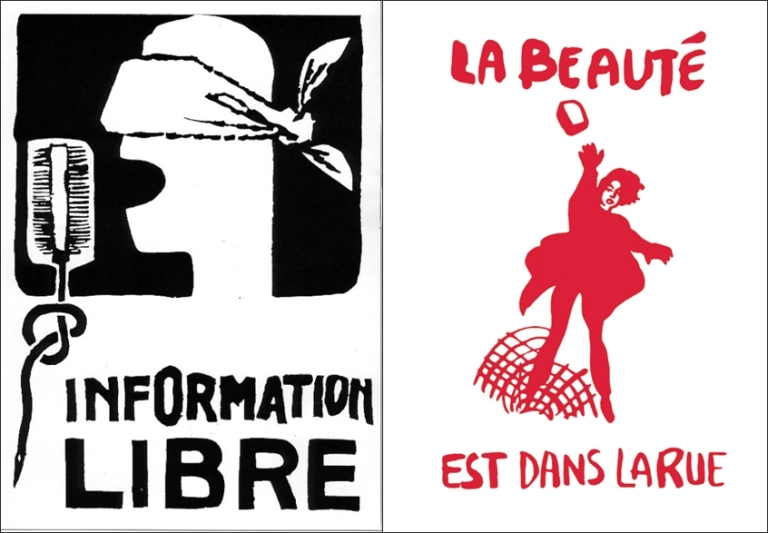
Mark Hooper: There is a social, democratic element to it also, that is applicable to today.
Margot Populaire: I like how social means you have the audience deciding what’s working and what’s not, rather than having this elite deciding that.
Mark Hooper: Beyond the original Atelier Populaire, do you have any key influences or inspirations?
Margot Populaire: It’s hard for me to answer that, because it’s really everything! Some people know all about film, or literature, or art, but I feel that I have always absorbed all kinds of things. And it can be lowbrow too. It can go from Real Housewives or TikTok to an Ivo Van Hove play or a painting at the Whitney, walking in nature, or coming across my grandparents’ old art gallery brochures. There are so many things coming through.
My Mom gave a really nice speech at my wedding, saying she thought my brain was like a series of drawers, and everything I see goes into these drawers to look at later. And I thought, yeah that makes sense!
https://www.atelier-populaire.com/
